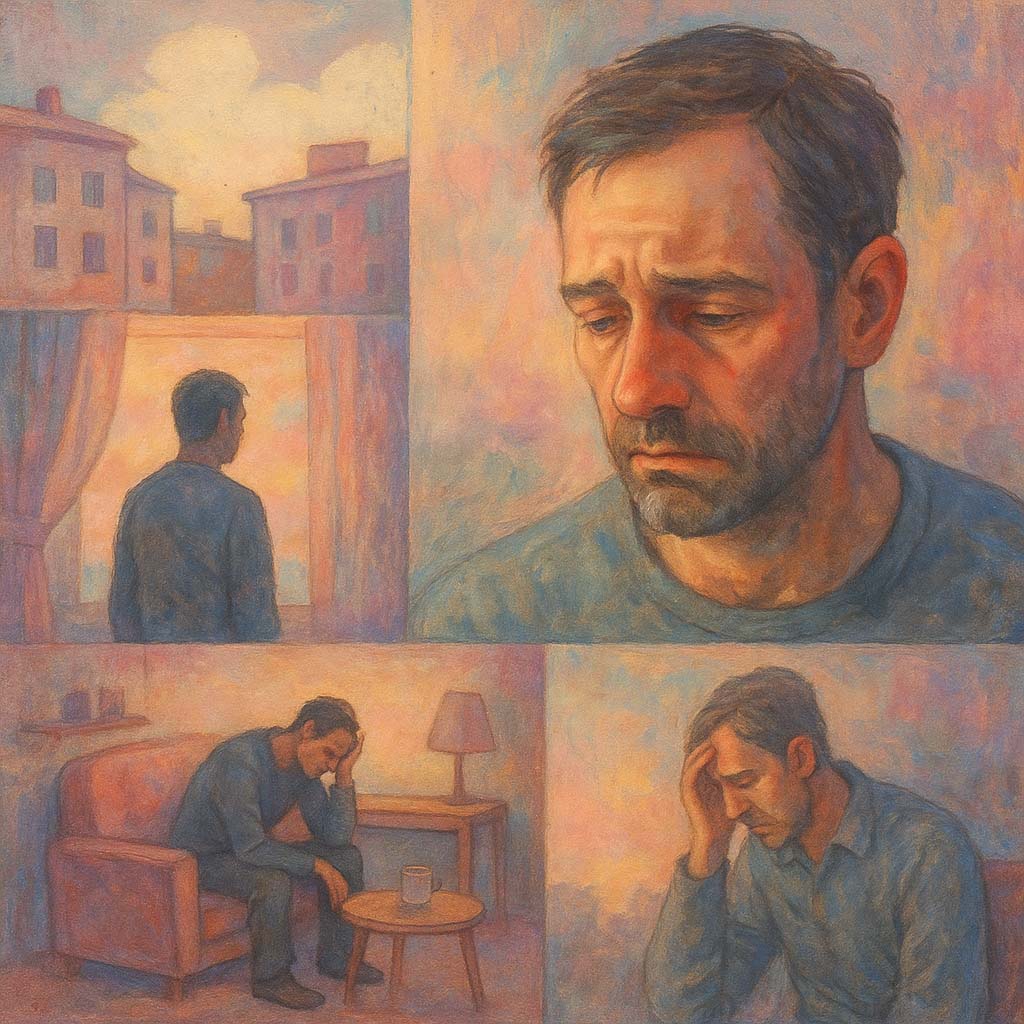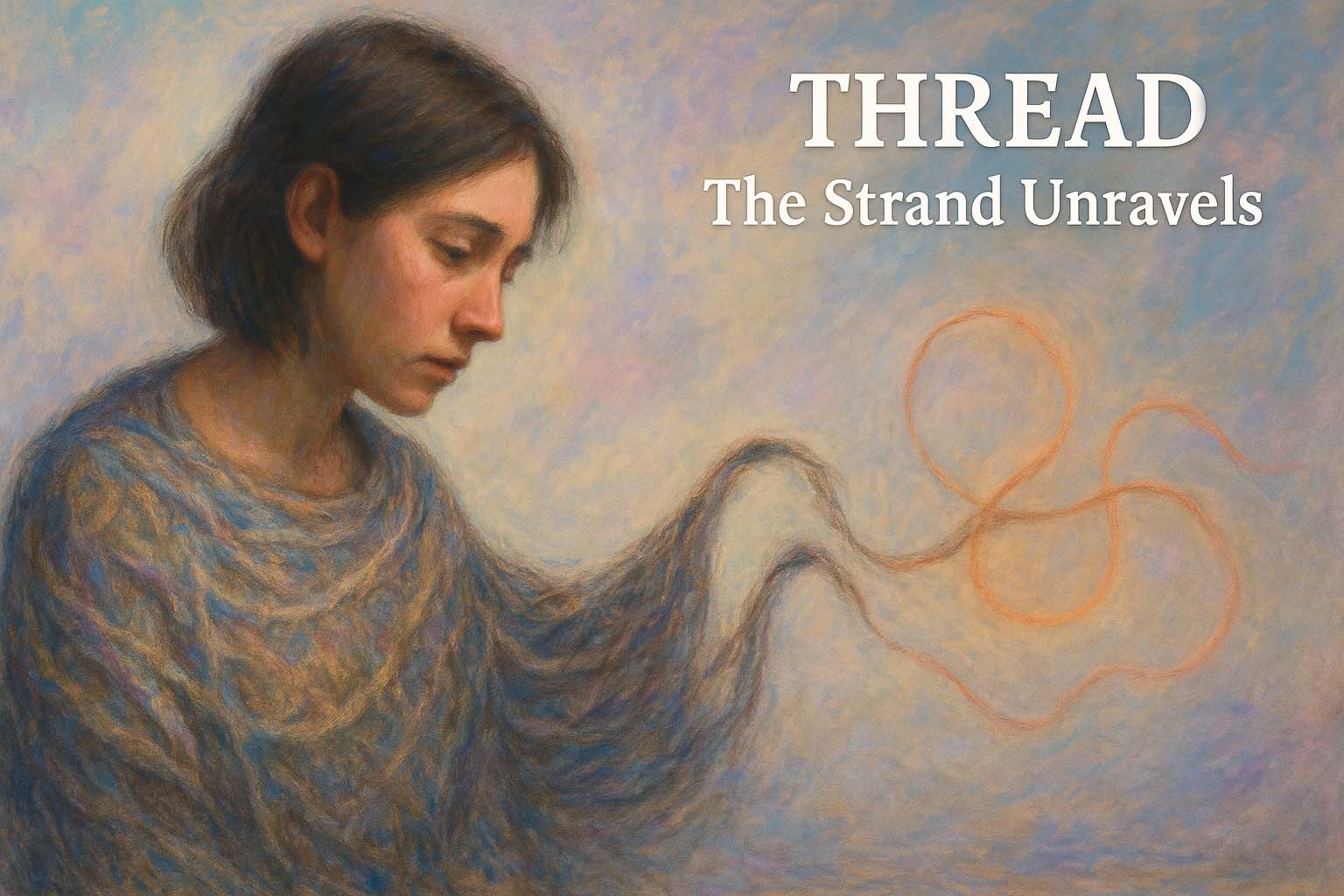

Ideation: THREAD
The Thread is Pulled
This is the moment when suicidal ideation begins to form—from subtle longing to more active consideration. The person may not want to die, but may wish not to wake up. These thoughts begin as background murmurs, then intensify, often looping with increasing frequency and specificity. The THREAD acronym maps this crucial phase, where a single thread pulls loose in the cloth of life. Our role is not to pull it tighter or cut it away—but to trace it with care.
THREAD provides clinicians with a structured yet compassionate map to explore suicidal ideation in its many shapes. It stands for:
- T – Thoughts of Suicide
- H – Headspace of Suicidality
- R – Recurrence & Distractibility
- E – Escalation in Specificity
- A – Ability & Desire to Resist
- D – Direction Toward Planning
Each strand reflects a stage in the deepening of ideation, allowing clinicians to follow its texture, movement, and meaning in a person’s life.
T – Thoughts of Suicide

Suicidal thoughts often begin quietly—passing reflections like “I wish I didn’t wake up.” These thoughts may feel more like a relief from pain than a desire for death. This is where the thread first loosens. Klonsky’s Three-Step Theory and Beck’s cognitive model both frame these thoughts as early indicators of imbalance between emotional pain and connectedness. Inviting someone to speak these thoughts aloud—“When did these thoughts first start for you?” or “Can you tell me what these thoughts feel like when they come up?”—allows us to name what has long remained silent.
H – Headspace of Suicidality
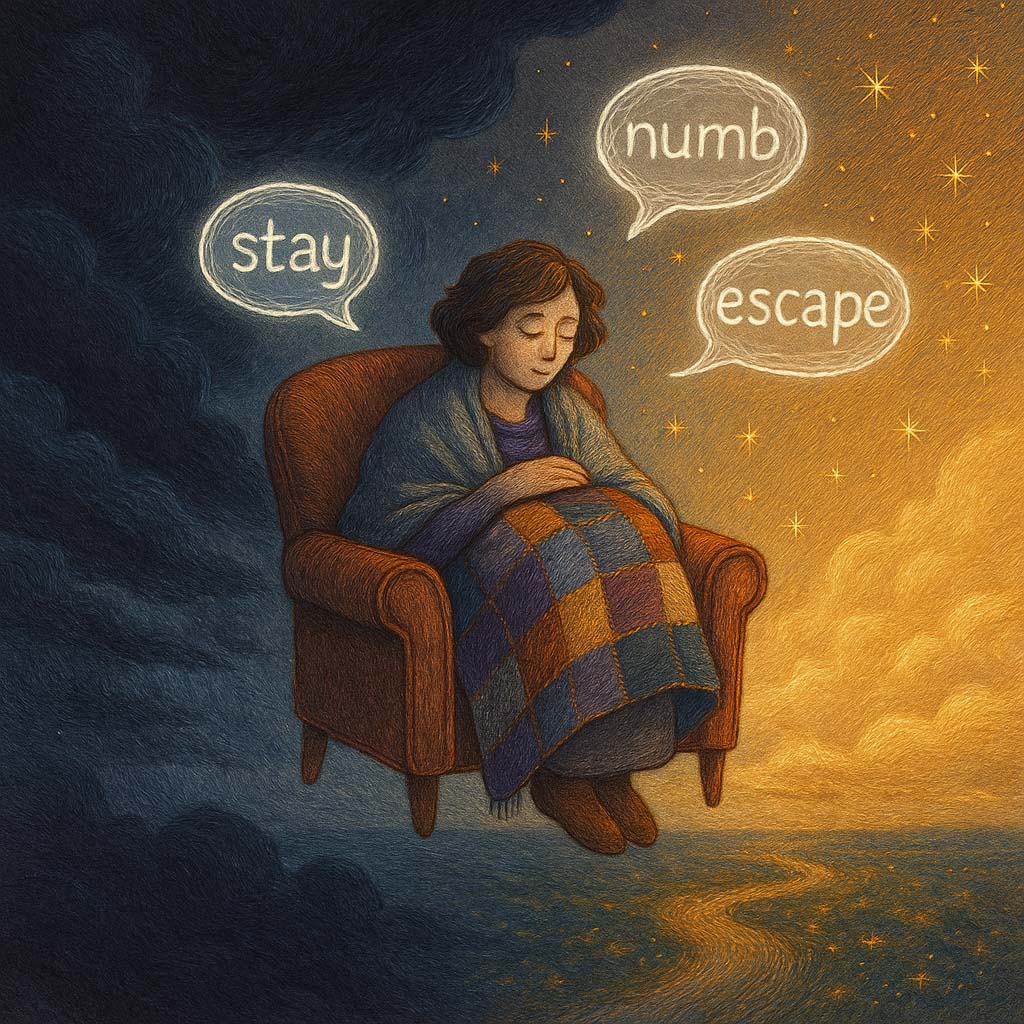
Not all thoughts are equal. Some are fleeting; others saturate. This domain explores the person’s inner environment: are their thoughts passive, or are they beginning to form direction? Are they sudden or longstanding? Using Linehan’s Three Minds Model, we also ask “Do these thoughts feel more emotional, logical, or a mixture of both?” By exploring the quality and tone of ideation—“Does it feel like a passing breeze, or something that fills the room?”—we begin to understand how ideation is being held internally.
R – Recurrence & Distractibility

This strand asks: how often do the thoughts arise, and can the person shift away from them? When thoughts loop without pause and distraction fails, the thread begins to tighten. Models like the IMV and Cry of Pain highlight this intrusiveness as a core risk factor. Asking questions like “How frequently do these thoughts come?” and “Are there moments when they take over, even when you try to shift your focus?” helps clarify whether the person is able to find breaks in the cycle or feels caught within it.
E – Escalation in Specificity
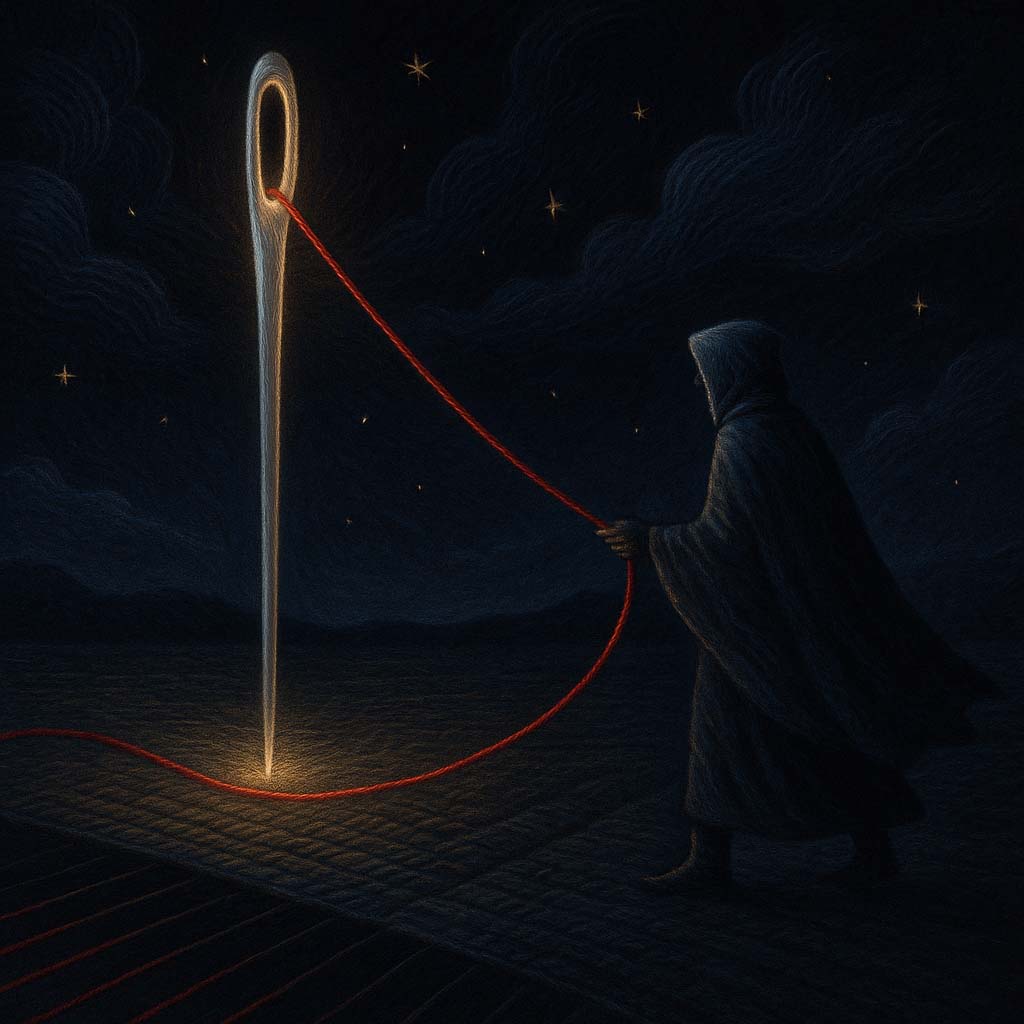
What begins as a vague wish can become sharper—naming a time, a place, a method. In this phase, the drift becomes direction. We are not seeking graphic detail, but gentle clarity: “Have those thoughts stayed as vague ideas, or have they started to take concrete shape?” or “How has your experience of these thoughts changed recently?” The IMV model reminds us that sharpening thoughts are a sign of crossing from ideation into planning. This is the quiet but crucial point of escalation.
A – Ability & Desire to Resist
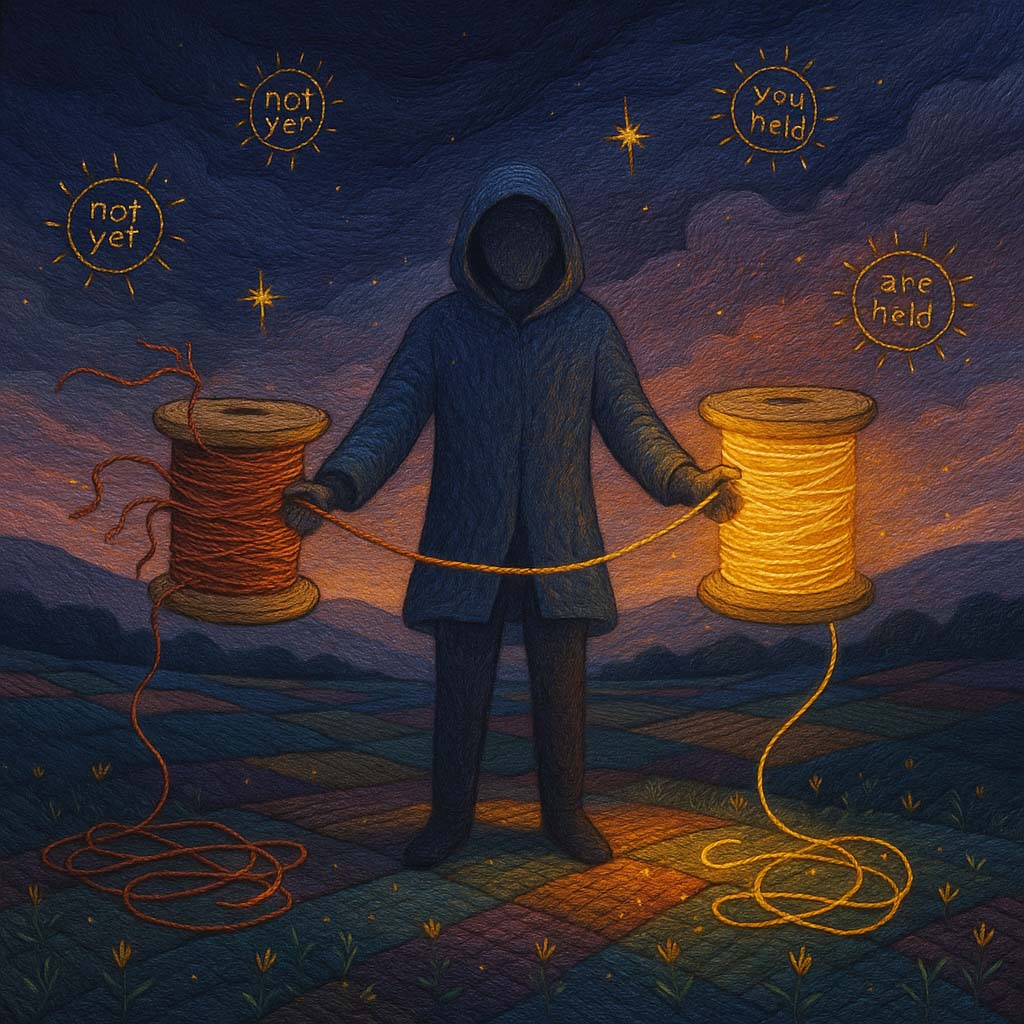
Some people resist suicidal thoughts because of family, faith, fear, or hope. Others feel their reasons slipping. This strand asks about that internal tension—what still holds the thread in place. “Have there been times when the thoughts felt overwhelming, but something helped you resist?” or “Would you say you still have a strong life force, or does it feel weaker over time?” These questions honour ambivalence and help locate protective anchors, as described in Linehan’s Reasons for Living Inventory.
D – Direction Toward Planning

Here we ask whether ideation is beginning to point forward—toward intent or preparation. “Have you started thinking about how you might act on these thoughts?” or “Have you ever made preparations, even small ones?” Planning doesn’t always unfold step by step. The Cusp Catastrophe Model and Fluid Vulnerability Theory remind us that risk can escalate suddenly. This strand explores whether there’s momentum in the person’s story—if the thread is simply drifting, or already threading toward action.
Meet David – Our Roleplay Character
David is a 45-year-old man recently separated from his long-term partner. He describes himself as “fading from his old life” and admits that “some mornings, it would be easier not to wake up.” Though he denies intent, these early death wishes suggest emerging ideation. As his clinician, your task is to gently explore David’s internal experience using THREAD. Stay close to his emotional texture. Trace the thread—but do not tug. Listen, and follow.
What You’ll Take Away from THREAD Training
- A confident approach to exploring ideation without escalation
- A structured yet sensitive way to trace ideation’s depth, recurrence, and risk
- Nuanced tools for distinguishing passive thoughts from active ones
- Practice role-playing emotionally complex conversations
- Skills in pacing, attunement, and emotionally intelligent questioning
- Ways to hold space for ambivalence without rushing to resolve it
Join STEPS training to learn how to hold the thread—before it slips through the needle.
